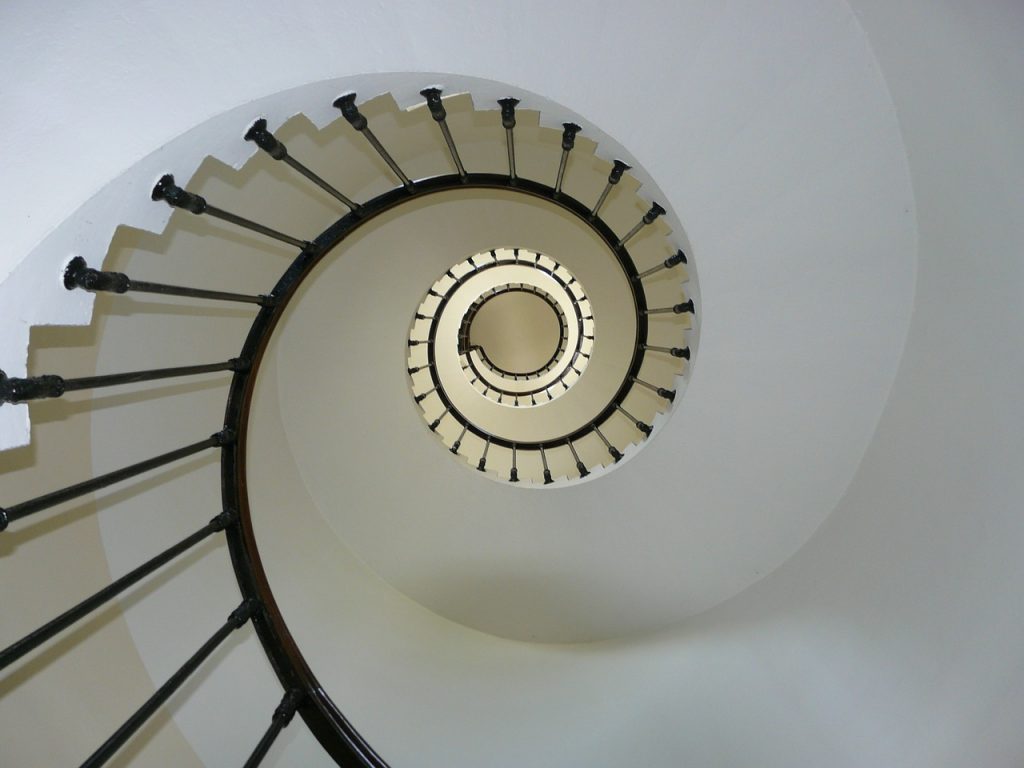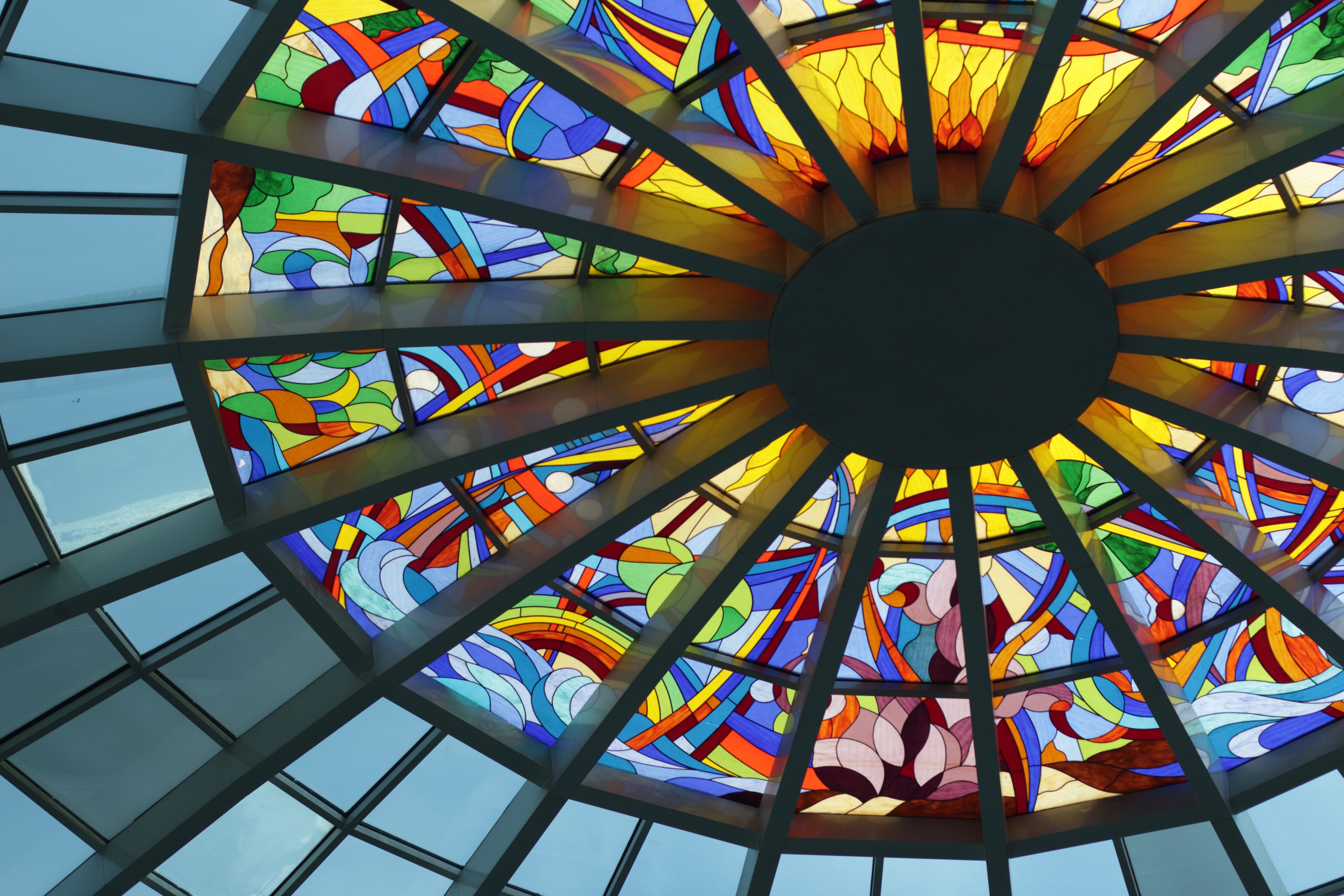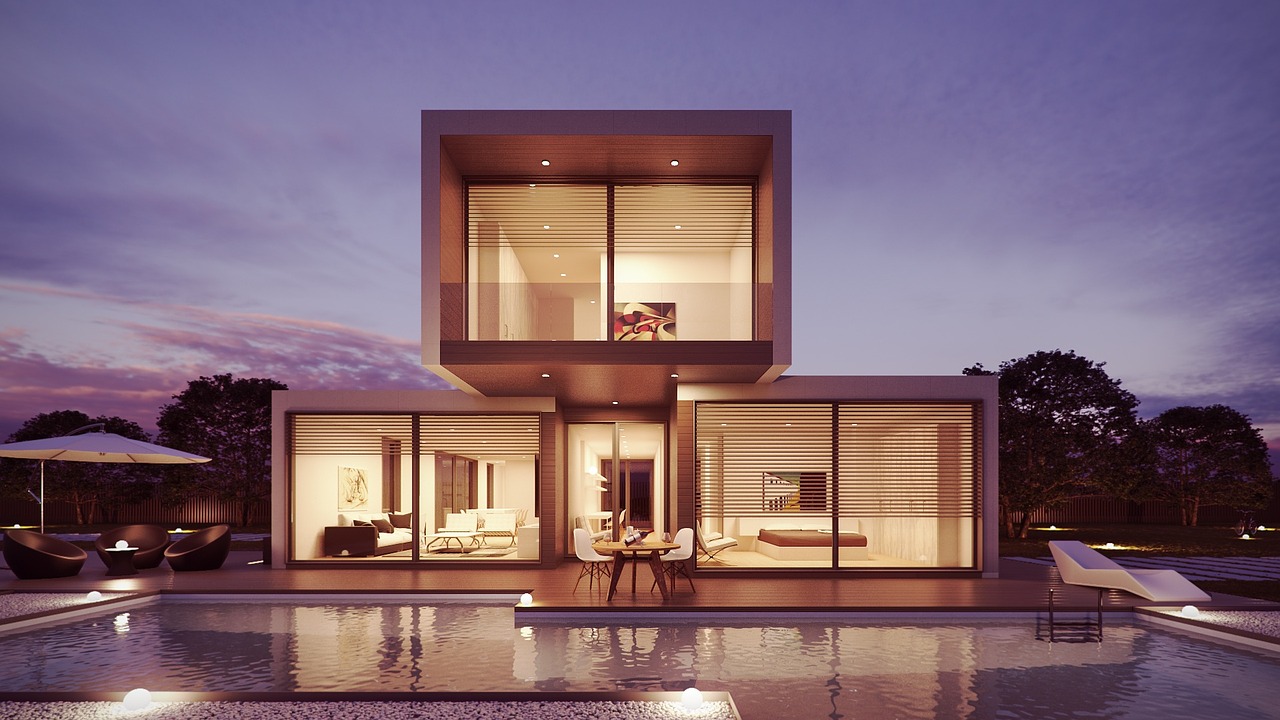Eco-friendly architecture is more than just a trend; it includes beautiful designs and details that enhance a building while protecting the environment around it. What is eco-friendly architecture? Simply put, eco-friendly buildings are those that either help the environment or have no-harm details and features that protect its surroundings.
Eco-friendly buildings:
·
Are often smaller in design
· Rely on recycling
· Focus on water conservation
· Have cool or green roofs and skylights
There are many ways to incorporate eco-friendly practices and details into a building no matter its size or purpose, including residential homes. If you’re an architect, builder, or developer, or are considering have a home or commercial structure built for you, check out some tips for making a structure more eco-friendly and sustainable.
Make Your Building Smaller
At one time, large and expansive rooms were all the rage and certainly people are more comfortable when they have adequate interior space for furniture, storage, and privacy. Soaring cathedral ceilings also create a grand and open feeling in any building including residential homes.
However, more space means more heating and cooling and more energy usage. Consider downsizing your structure as much as possible; office buildings don’t necessarily need large file rooms since many documents are now stored digitally and smaller conference tables are often sufficient for meetings and presentations. Downsize residential furniture and appliances so you can downsize rooms in your new home as well, for a more eco-friendly design.

Recycling
Designing a building with built-in recycling features encourages all occupants to recycle as much as possible. Tall commercial structures might have chutes for sending recyclable items to a collection area and other structures might include built-in bins for sorting recyclable items.
Builders also do well to consider the use of recycled materials during construction. Reclaimed brick and wood as well as shingles constructed with recycled asphalt reduce the need for new materials, and construction waste might be collected for recycling as well.
Water Conservation
Including water conserving features in a building’s design is often much simpler and less expensive than retrofitting these items. Consider including low-flow toilets and automatic shutoff valves on all faucets. For residential homes, low-flow showerheads and urinals reduce water usage. Gray water systems collect water from showers and faucets and use that water for flushing toilets, reducing the use of fresh water.
The Roof Design
Cool roofs reflect sunlight off the roof, keeping buildings cooler in tropical areas. Skylights bring more sunshine into a structure’s interior, reducing the usage of interior lights and conserving power. Green roofs include living plants on a structure’s roof; plants help to keep the air around a building cleaner and also help to insulate the building, resulting in less loss of heating and cooling.

Keep all these tips and eco-friendly architectural features in mind if you’re planning a development for yourself or a client and consider how your design enhances or at least doesn’t harm the surrounding environment.
